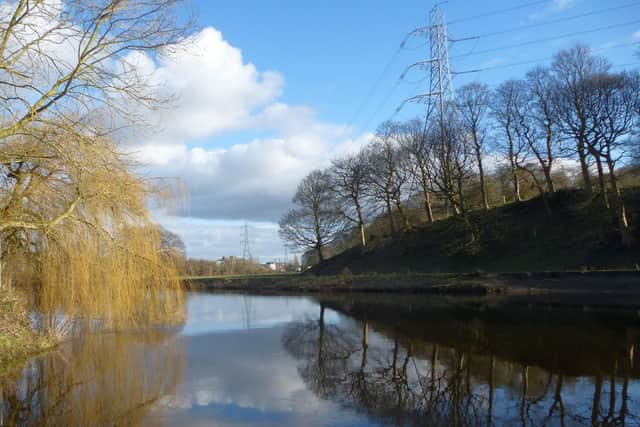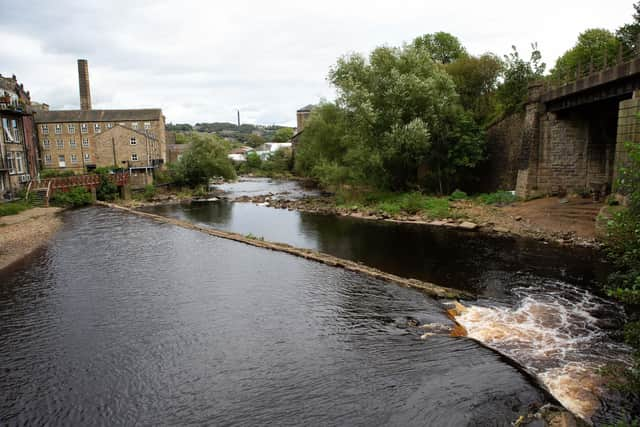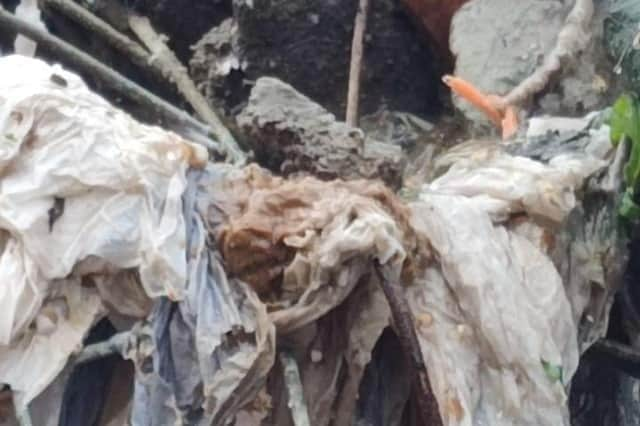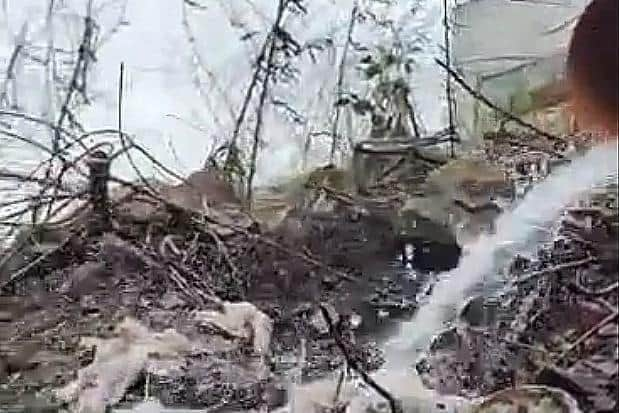"Appalled" Halifax MP writes to Yorkshire Water over report showing River Calder was UK's second most polluted waterway in 2021
and live on Freeview channel 276
A report in The Mirror says that 27,901 hours of sewage pumped into it over 4,055 occasions by Yorkshire Water.
They were also responsible for polluting the River Aire, the third most polluted river, on 4,085 occasions for 21,140 hours.
Advertisement
Hide AdAdvertisement
Hide AdThe River Severn was the most polluted river, and had seen 28,741 hours of sewage pumped into it over 2,656 occasions by Severn Trent Water.


The Courier recently reported that a pipe, understood to be coming from a local business, has been pumping wet wipes, toilet roll and sanitary products onto marshland surrounding Freeman’s Cut and Brookfoot Lake in Brighouse for almost ten weeks.
"I'm appalled that the River Calder has been revealed as UK's second most polluted waterway in 2021," she said.
"The data published by the Mirror says that 27,901 hours of sewage was pumped into the Calder by Yorkshire Water over 4,055 occasions.
Advertisement
Hide AdAdvertisement
Hide Ad"I have written to Yorkshire Water asking how this could possibly be the case and have asked what immediate actions are they taking to clean it up."We've repeatedly voted to tackle this issue in Parliament, but the Government is completely missing in action on this."


Mark Barrow, who runs campaigns highlighting water pollution in Yorkshire, said: "The fact the Calder was the second most polluted does not surprise me.
"I've seen it all in my freshwater filming career but the problems the Calder face is not just down to sewage pollution, it is one of the most polluted rivers in England for plastics and this is merely down to the fact that the river runs through so much industry.
"Sewage pollution is a problem we are facing regularly and the Calder is no different the worst offending CSO (combined sewer overflow) on the Calder is Eastwood Sewage Treatment Plant that discharged 2476.20 hours, that is just 1 CSO.
Advertisement
Hide AdAdvertisement
Hide Ad"Despite the fact that CSO's should only operate in exceptional weather events 90 per cent of all my filming underwater of sewage related pollution is in minimal rainfall or dry weather.


"We need to view freshwater differently to secure a brighter future and all play are part.
"Rivers are not just flowing water they are valuable and precious habitats that need to be nurtured not destroyed."
An Environment Agency spokesperson said: “The water quality and the ecological health of rivers must improve. The main sources of pollution are agriculture and the water industry and there is a growing threat from plastics and forever chemicals.
Advertisement
Hide AdAdvertisement
Hide Ad“Storm overflows must only be used under strict permitted conditions that control their environmental impact and we are holding the water industry to account like never before. They must do better.“An increase in monitoring and transparency through Event Duration Monitoring measures how often and for how long storm overflows are used, with all of the data published online so everyone can see what is happening and where. 97% of Yorkshire Water’s storm overflows are now monitored.“When permits are breached, we hold water companies to account, with record fines across the country of more than £102million handed out in 2021.“The government has put the strictest targets ever on water companies to clean up our water, plus requirements to deliver the largest infrastructure programme in their history to tackle sewage spills.”


A Yorkshire Water spokesperson said: “We completely understand the continued interest in the health of Yorkshire’s rivers, and we are working hard to reduce the frequency and duration of storm overflows across our region.“Between 2020 and 2025 we’re investing almost £1bn to improve the region’s rivers, including the Calder, indicating our continued commitment to improving water quality in Yorkshire.”Yorkshire Water also said there were a number of factors that contribute to pollution that aren’t controlled by water companies, including agricultural and road run-off.
Yorkshire Water also said 97 per cent of their overflows are monitored, which is industry leading, so their figures may be higher than others due to the increased monitoring they have.